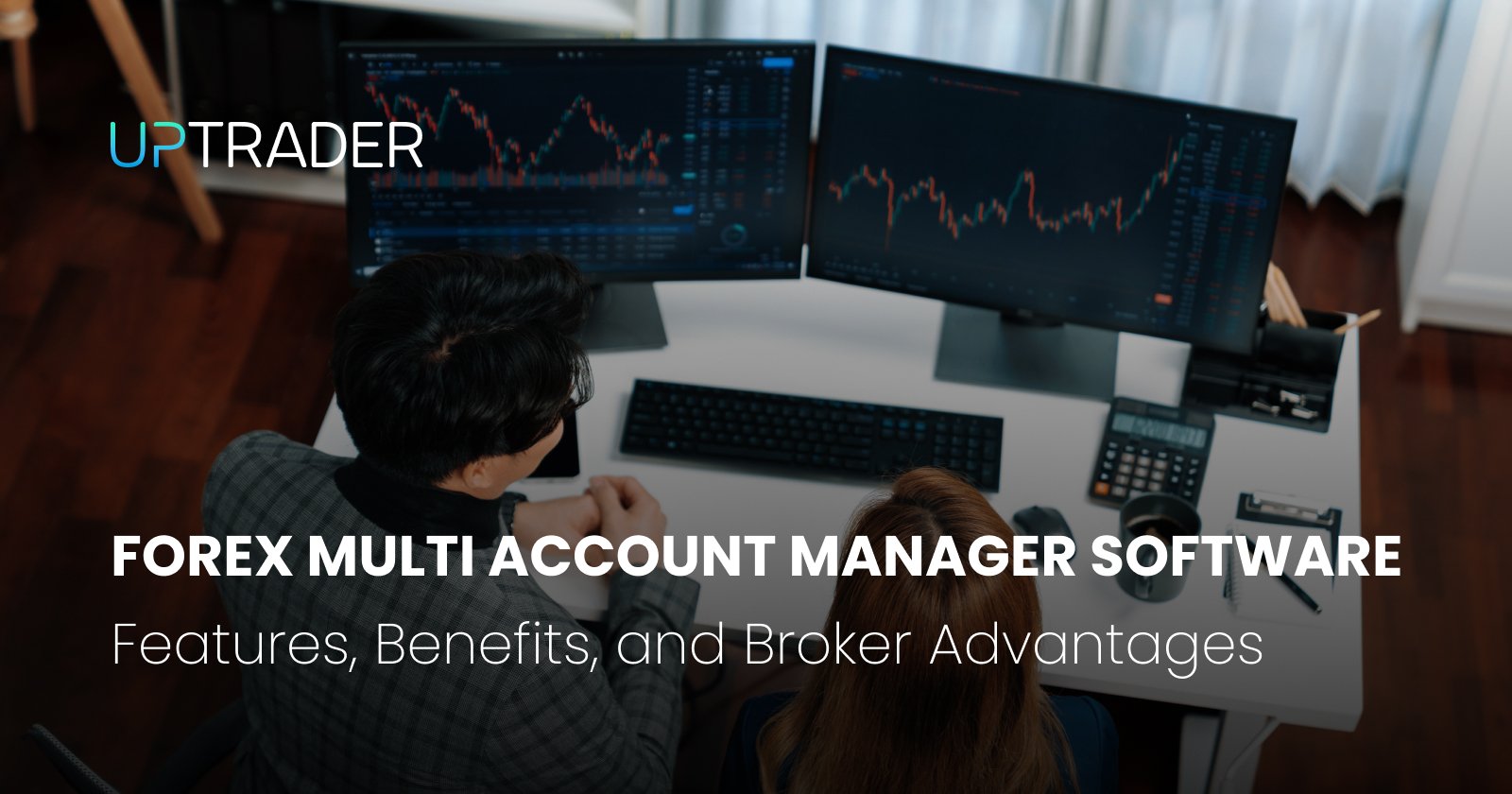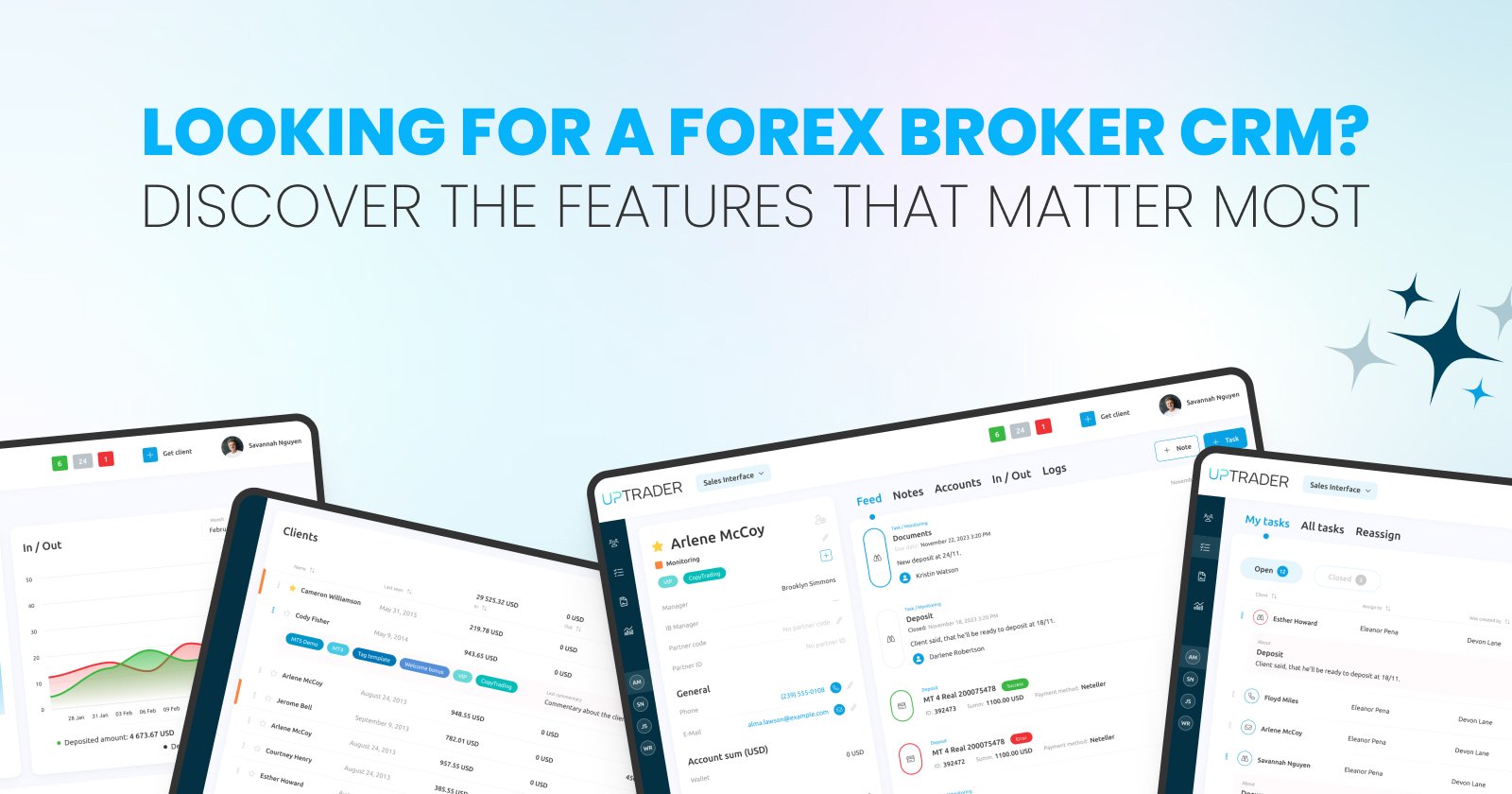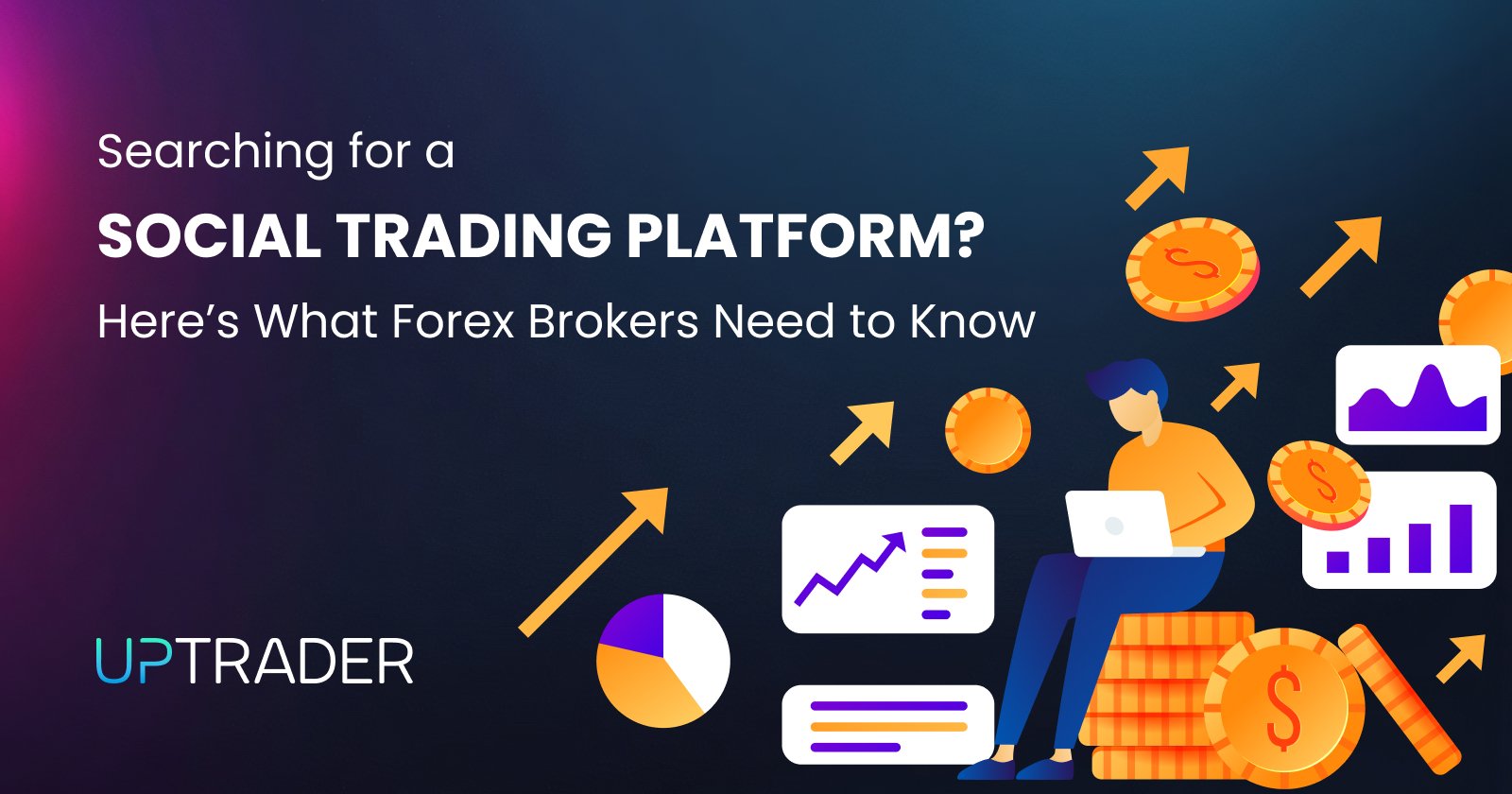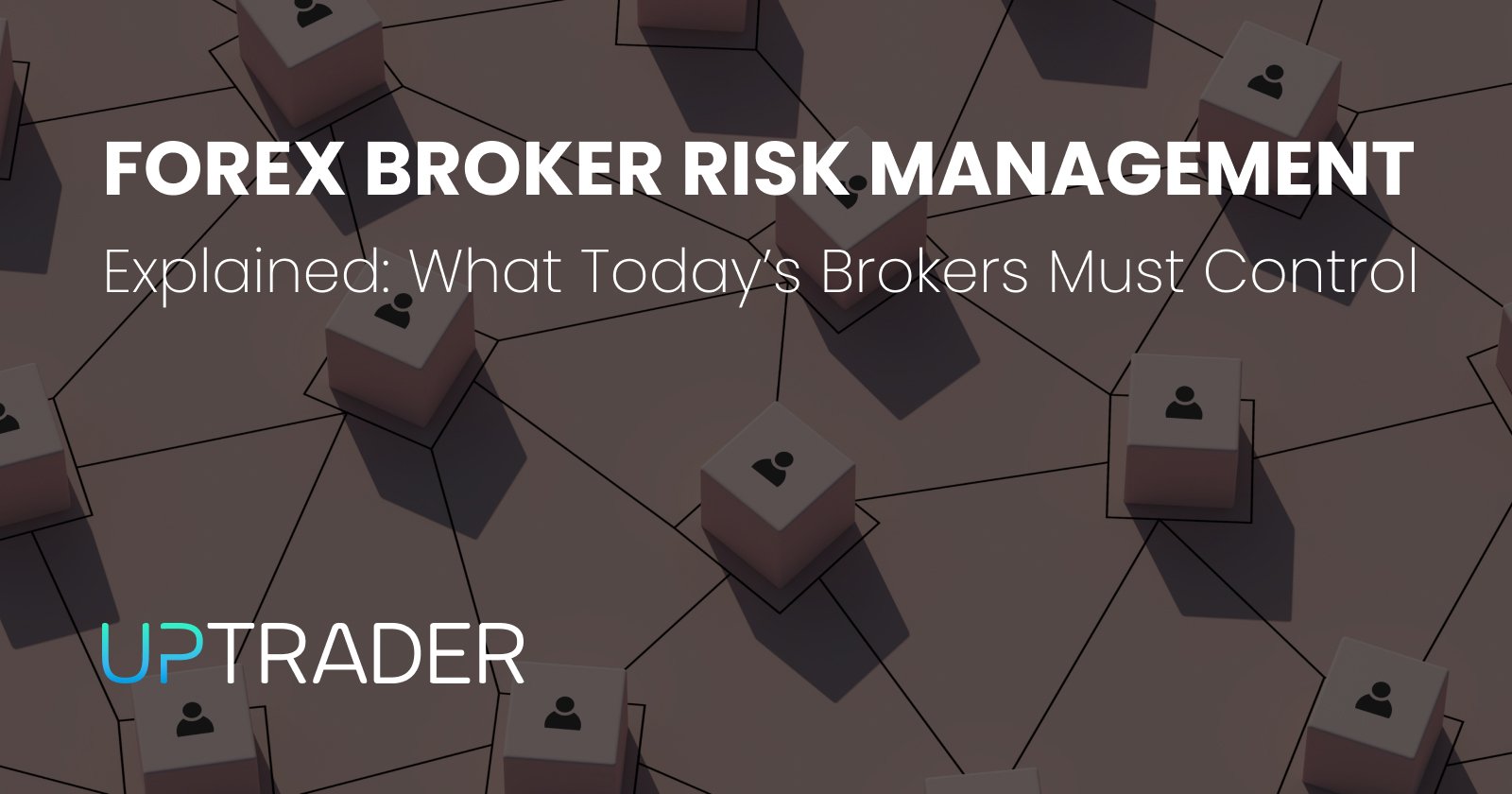Forex Multi Account Manager Software — Features, Benefits, and Broker Advantages

Share this publication:
You already know the market’s crowded. Every broker is chasing the same traders, the same liquidity providers, the same features. But the firms that scale this year are doing one thing differently — they’re building smarter infrastructure for managed accounts. A powerful Multi Account Manager Software isn’t just a convenience anymore. It’s the backbone of modern brokerage operations. It lets you attract professional money managers, scale your AUM without scaling your back office, and give clients the transparency regulators expect.
Let’s unpack what a MAM platform really does for you — and how to choose one that actually makes your brokerage stronger, not just “feature-rich.”
1. The Real Purpose Behind Forex Multi Account Manager Software: Freedom with Control
Think of a MAM as your operational bridge between portfolio managers and investors. One trade — many allocations. Simple in theory, complex in execution.
The goal isn’t just efficiency. It’s about control. You need software that allocates trades accurately across dozens or hundreds of accounts without latency or slippage — while still giving you visibility over every fill, every fee, every ledger entry.
In 2025, the brokers winning this game are the ones who:
- Let managers trade confidently with flexible allocation methods
- Give investors separate ownership (not pooled funds)
- Offer full transparency in reporting and performance
- Keep execution in-house for minimal delay and slippage
That’s what transforms MAM from a “nice-to-have” into a growth engine.
2. The Core Mechanics: What a True MAM System Does for You
When you strip away the marketing language, a high-performing MAM solution boils down to three technical functions:
a. Allocation Logic that Matches Strategy
Your managers don’t all trade the same way. Scalpers, swing traders, and portfolio managers each need distinct allocation methods — by equity, percentage, or fixed lot size. The best systems let you mix these seamlessly.
b. Execution Parity
If the master gets filled at one price and the follower gets another, your credibility is gone. A good MAM system ensures execution parity — the follower’s fill mirrors the manager’s. Look for vendors who can prove this with latency and slippage metrics.
c. Real-Time Risk Supervision
This is where good MAMs separate from great ones. You should be able to view open trades, aggregated exposure, and per-manager drawdown in real time. That’s how you prevent over-leveraging before it becomes a client complaint.
3. How the Right Software Shapes Your Brokerage
If you choose your MAM stack well, here’s what changes inside your firm — fast:
- You attract high-value clients. Professional managers want reliable execution and detailed reporting. Give them that, and they’ll bring their investor networks with them.
- Your volume multiplies. More trades across more accounts mean stronger revenue streams.
- Your retention improves. Transparency and clean reporting build trust, which is rare in retail brokerage.
- Your support team gets their time back. Automated allocation reduces manual reconciliation and dispute resolution.
The end result? You’re no longer just another broker — you become an ecosystem where traders can build businesses.
4. The Hidden Power of Transparency
By 2025, everything comes down to how transparent the data is. Clients have outgrown the vague dashboards and seek complete access to trade-by-trade allocations, manager performances, and fee components.
Your MAM platform must provide the following:
- Exportable transaction ledgers (auditable and time-stamped)
- Customized performance reports per investor
- Transparent fee-calculation logic (no black-box math)
- Integration with your CRM for KYC and tax reporting
- Trust compounds when you show real-time data to the investors.
Remember, trust, and not leverage, is what keeps accounts funded.
5. Beyond Functionality — The UX That Builds Confidence
Let’s be honest: traders judge your technology by design. A confusing dashboard or laggy mobile app kills engagement faster than poor spreads.
Modern MAM systems (like those integrated into UpTrader or cTrader) have moved to mobile-first architecture — meaning:
- Managers can trade and monitor portfolios directly from smartphones.
- Investors can track allocations, deposit funds, or request withdrawals instantly.
- Admins can monitor activity, run risk checks, and approve fees — all in one screen.
That’s the user experience your clients expect now.
6. Compliance Is No Longer Optional
Regulators are tightening standards for managed accounts — especially around KYC, fee disclosure, and execution transparency.
If you’re operating across multiple jurisdictions, you can’t afford a software layer that’s opaque. The MAM platform you choose should make compliance easier, not harder.
Ask your vendor:
- Does it support integrated KYC and AML verification?
- Can you export complete audit trails for every allocation?
- Are fee structures disclosed clearly in the client portal?
- Does it comply with GDPR and data-handling laws?
A compliant infrastructure isn’t just protection — it’s marketing. It tells clients you’re serious about safety.
7. Integrating MAM Into Your Existing Stack
Most brokers ask themselves the same question multiple times:
“Will it fit into my system?” Thankfully it most likely will fit if you select the right architecture.
- There are normally three options: Native platform integration (DXTrade, other): You get direct execution with the least bit of latency.
- Third-party bridge plugins: They provide enhanced analytical options, however, you will need to do extensive additional testing.
- Fully comprehensive white-label solutions: They consolidate MAM, CRM, payments, and social trading.
If you are experiencing rapid growth and need quicker deployment, white-label alternatives such as UpTrader Invest effectively eliminates several months of integration..
If you already run a proprietary platform, APIs give you flexibility — but test every endpoint before scaling live.
8. Common Mistakes Brokers Still Make
Even in 2025, firms still trip over the same issues:
- Ignoring real execution metrics. Always demand latency and full-time reports.
- Underestimating training needs. Your support staff must understand allocation logic.
- Overpromising returns. Let your MAM data speak — don’t market unverified performance.
- Skipping pilots. A 60-day pilot on demo accounts prevents a dozen future headaches.
Every mistake here costs either credibility or compliance. You can avoid both with disciplined testing and realistic expectations.
9. Scaling With Managed Accounts — Not Just Surviving
Once your MAM runs smoothly, it opens entirely new growth paths:
- Launch IB and affiliate programs for professional managers.
- Create custom MAM-based investment portfolios for your marketing teams to promote.
- Use your CRM data to identify profitable managers and expand their AUM.
- Integrate payment gateways for smoother deposits and withdrawals.
This is how to use technology to make a business model.
10. What to Look for When Comparing Vendors
Forget sales decks — here’s what you should actually ask when evaluating MAM providers:
- What is the average latency per trade under live load?
- How are disconnections handled (especially for followers)?
- Can I export all ledgers without manual intervention?
- Do you support multi-platform trading (cTrader, proprietary)?
- How do fees and commissions sync with my accounting or CRM?
If you don’t get clear, specific answers — walk away.
11. Your MAM as a Brand Differentiator
This is where it gets exciting. MAM software isn’t just about trade allocation — it’s your marketing weapon.
When you can show a transparent, audited, easy-to-understand performance dashboard to potential investors, it becomes your proof of credibility. Brokers who publish verified manager data are attracting more serious traders — and larger accounts.
That’s why the best-performing brokers this year are positioning their MAM systems as part of their brand — not just an internal tool.
12. Conclusion and Final Thoughts
By now, you understand the difference between having MAM software and using it strategically.
You’re not just offering managed accounts — you’re building a multi-tier ecosystem of managers, investors, and affiliates who grow together.
When you focus on transparency, execution parity, and mobile accessibility, your brokerage moves from transaction-based income to a consistent, scalable business model.
That’s what smart brokers are doing in 2025. And it’s what you can start doing today.
If you’re ready to integrate a next-generation MAM solution — not just another plugin — UpTrader can help.
Visit UpTrader today, and talk to a consultant on our site today!







